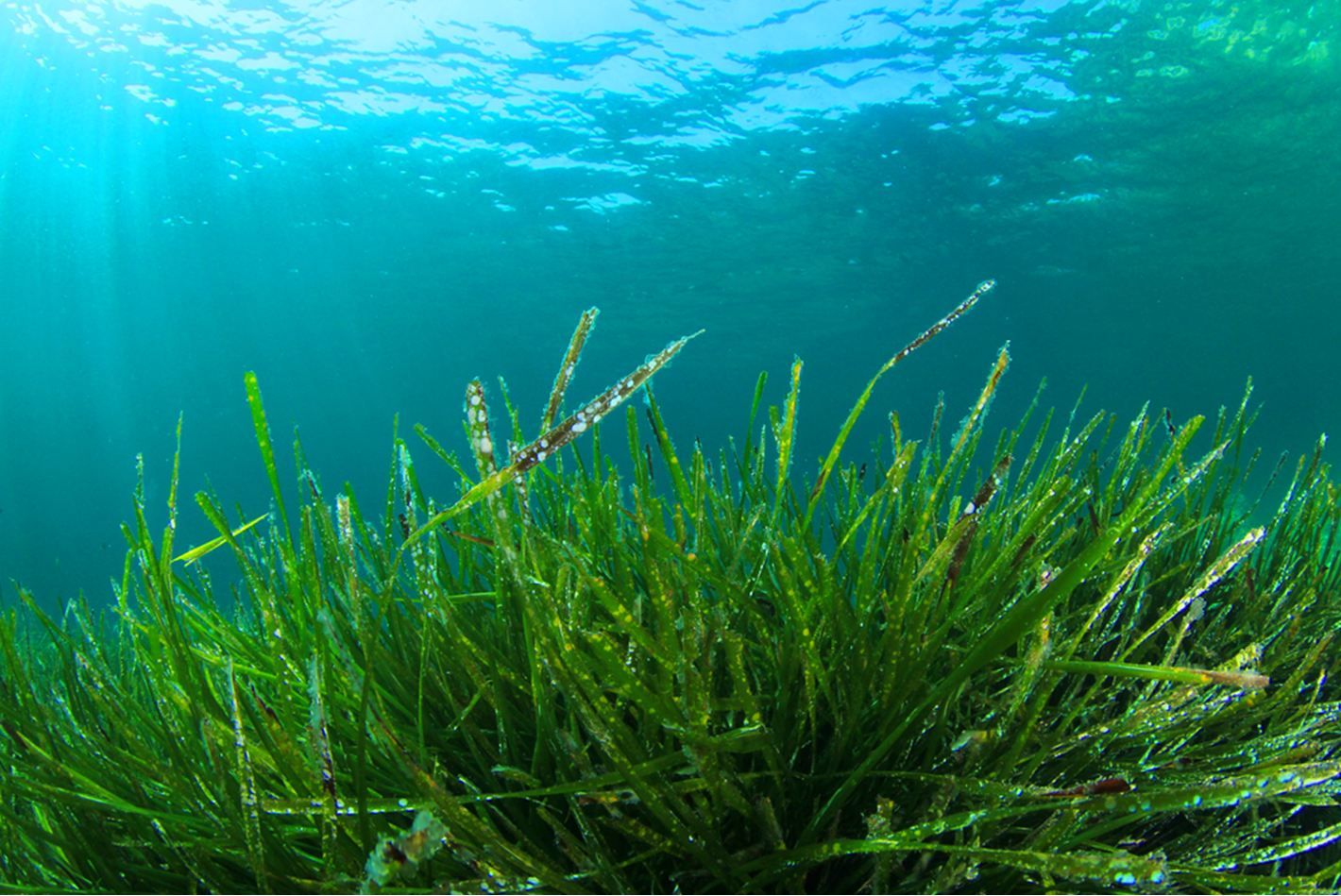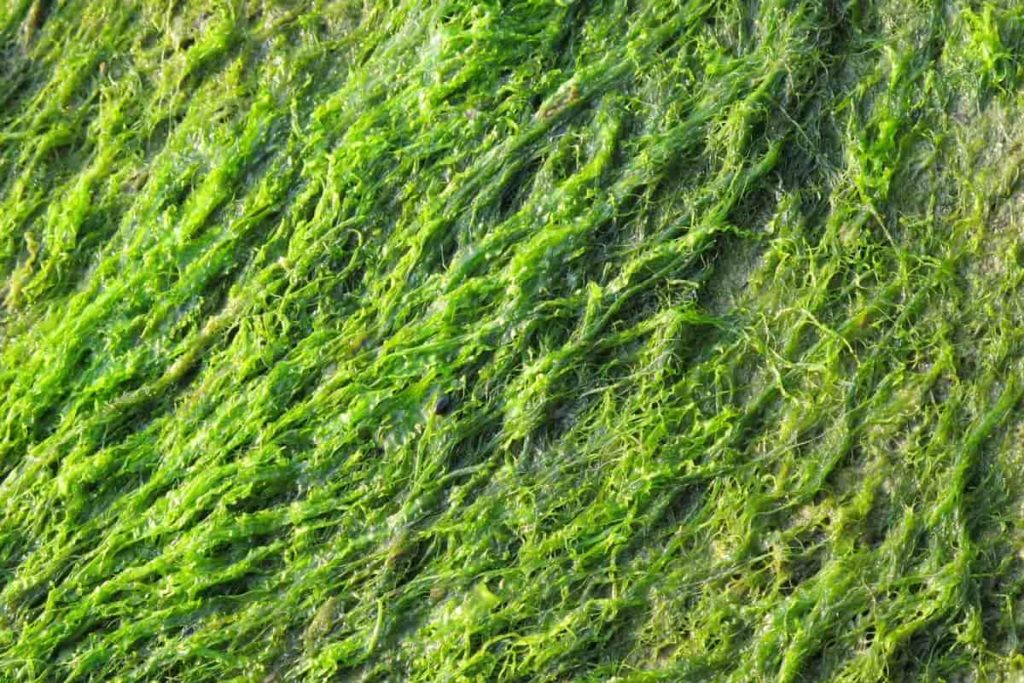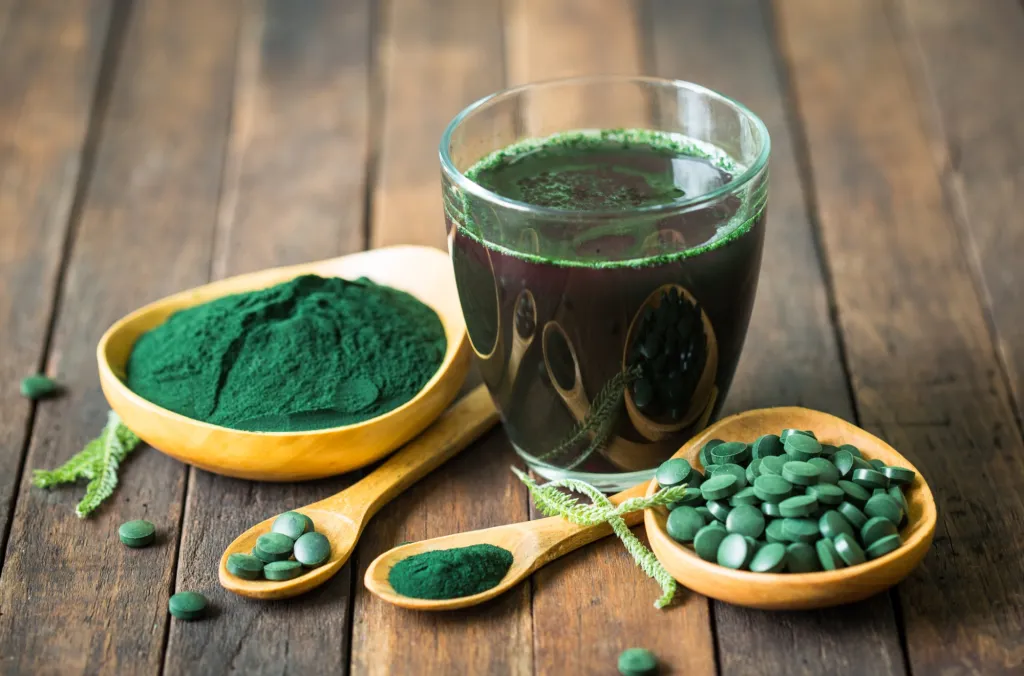How to Grow Spirulina, It is a blue-green algae known for its exceptional nutritional profile, has gained popularity as a superfood in recent years. Packed with protein, vitamins, and minerals, growing spirulina at home can provide you with a fresh and sustainable source of this powerhouse nutrient. In this guide, we’ll walk you through the process of cultivating spirulina in your own space, whether it’s a backyard garden or a small indoor setup.
Understanding Spirulina
Before diving into the cultivation process, let’s first understand what spirulina is and why it’s considered a nutritional powerhouse. Spirulina is a type of cyanobacteria that thrives in alkaline, warm water conditions. It has been consumed for centuries by various cultures around the world and is prized for its high protein content, as well as its abundance of vitamins and minerals, including B vitamins, iron, and beta-carotene.

Setting Up Your Spirulina Cultivation Space
One of the great things about “How to Grow Spirulina” is that it can be done in a relatively small space, making it accessible to almost anyone. You can set up a spirulina cultivation system indoors or outdoors, depending on your preferences and available space.
How to Grow Spirulina, Outdoor Cultivation
If you have outdoor space available, such as a backyard or patio, you can set up a spirulina pond or tank. Choose a spot that receives plenty of sunlight, as spirulina requires sunlight for photosynthesis. You’ll also need to ensure that the water temperature stays consistently warm, ideally between 30-35°C (86-95°F), as spirulina thrives in warm water conditions.
Indoor Cultivation
For those without outdoor space or living in cooler climates, indoor cultivation is a viable option. You can set up a spirulina culture in a large aquarium or even a smaller container on a windowsill. Use a heating pad or aquarium heater to maintain the water temperature within the optimal range for spirulina growth.
Preparing the Growth Medium
Spirulina requires a nutrient-rich environment to thrive. You can prepare a growth medium using simple ingredients such as water, sodium bicarbonate (baking soda), and a nitrogen source like urea or ammonium nitrate. Mix these ingredients in the correct proportions to create a solution with a pH of around 9-11, which is ideal for spirulina growth.

Inoculating Spirulina
Once your growth medium is prepared, it’s time to inoculate it with spirulina culture. You can obtain spirulina culture from reputable suppliers or sources online. Add the spirulina culture to your growth medium and stir gently to distribute it evenly. Cover the container with a fine mesh or cloth to prevent contamination while still allowing air to circulate.
Caring for Your Spirulina Culture
With proper care and maintenance, your spirulina culture will thrive and multiply rapidly. Here are some essential tips and best practices for ensuring the health and vitality of your spirulina:
Maintain Optimal Conditions: Regularly monitor crucial parameters such as water temperature, pH levels, and sunlight exposure. Spirulina thrives in warm, alkaline conditions with ample sunlight. Use a thermometer to check water temperature and a pH testing kit to ensure the pH remains within the ideal range for spirulina growth. Adjust conditions as needed to create an optimal environment for your spirulina culture.
Provide Adequate Nutrients: Spirulina requires a nutrient-rich environment to flourish. Depending on the size of your culture and the nutrient content of your growth medium, you may need to supplement with additional nutrients periodically. Consider adding organic fertilizers or specialized spirulina nutrients to ensure your culture receives all the essential elements necessary for robust growth.
Monitor Growth and Adjust: Regularly observe the growth and coloration of your spirulina culture. Healthy spirulina typically appears vibrant green or blue-green in color, indicating active growth. If you notice any signs of sluggish growth or discoloration, it may indicate nutrient deficiencies or imbalanced conditions. Adjust nutrient levels or environmental factors accordingly to optimize growth and vitality.
Maintain Cleanliness and Hygiene: Preventing contamination is crucial for the health of your spirulina culture. Use clean equipment and containers for handling and cultivating spirulina, and sanitize them thoroughly between uses. Avoid introducing contaminants such as dust, debris, or harmful microorganisms into your culture. Practice good hygiene practices, such as washing hands thoroughly before handling spirulina or its culture medium.
Aerate Your Culture: Oxygenation is vital for spirulina growth, as it helps maintain aerobic conditions and supports photosynthesis. Ensure adequate aeration of your culture by providing gentle agitation or bubbling air through the growth medium. This promotes nutrient uptake and prevents stagnation, fostering healthy spirulina growth.
Harvesting Spirulina: As your spirulina culture grows, you can start harvesting spirulina biomass for consumption or further processing. Use a fine mesh or cloth to strain the spirulina from the growth medium, then rinse it thoroughly with clean water before drying or using it fresh.

Conclusion
Growing spirulina at home is a rewarding and sustainable endeavor that allows you to harness the nutritional benefits of this superfood right in your own space. By following the steps outlined in this guide and providing proper care and maintenance to your spirulina culture, you can enjoy a continuous supply of fresh, nutrient-rich spirulina for years to come. Start your spirulina cultivation journey today and reap the health benefits of this amazing algae!

